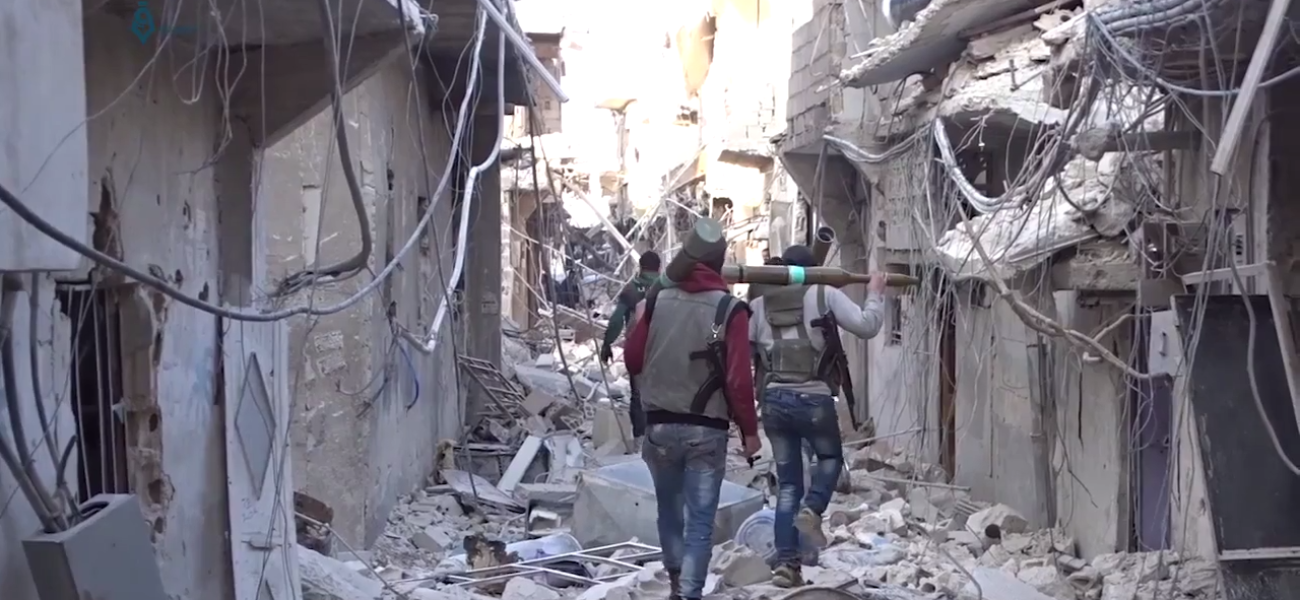
'Russian-Speaking’ Fighters In Syria, Iraq And At Home: Consequences And Context
This report was originally published by the Centre for Research and Evidence on Security Threats.
Executive Summary
The conflict in Syria and Iraq, now in its sixth year, has generated considerable interest and concern for its potential impact on regional and international stability. Despite this interest, however, significant aspects of the conflict remain understudied and poorly understood. This report seeks to address one of these neglected areas by examining and contextualizing the involvement of people from Russia and the former Soviet Union. The report is divided into four parts—two looking at the contemporary situation and two identifying lessons from the evolution of conflict in the North Caucasus—and offers the following conclusions:
- Assessing the ‘Russian-speaking’ Contingent in Syria & Iraq: It is impossible to estimate exact numbers using open-source information, but evidence points to the large-scale mobilization of "Russian-speaking" fighters, particularly from the North Caucasus. They are present across groups—the boundaries between which are often fluid—that are mutually hostile to Russia but divided over the legitimacy of targeting civilians.
- The extent and limits of Russia’s domestic terrorism threat: The North Caucasus insurgency is now allied to the Islamic State (IS) but is in long-term decline, and IS has to date demonstrated limited capacity in Russia. However, Russia’s domestic terrorism threat extends beyond both IS and returnees from Syria and Iraq, with domestic recruits and Turkic and Central Asian networks adding to a complex security picture.
- Learning from foreign fighters in the North Caucasus: The North Caucasus conflict highlights how ideologues, personal ties, and trust are crucial to the development of foreign fighter networks. Foreign fighters left a lasting legacy in the region, but ultimately failed to adapt to changing circumstances.
- Interpreting the evolution and decline of an insurgency: The North Caucasus insurgency illustrates how rebel leaders need to balance competing agendas to be successful, and how succession is a negotiated process that becomes increasingly difficult. Weakness and state pressure played a key role in driving ideological change, and the loss of ideological leaders and low levels of trust and morale undermined the insurgency’s appeal.
Click here to read the full report.
Cerwyn Moore
Cerwyn Moore is a CREST-funded researcher and a senior lecturer in International Relations, in the Department of Political Science and International Studies University of Birmingham.
Mark Youngman
Mark Youngman is an ESRC-funded doctoral student.
Photo by Qasioun News Agency shared under a CC BY 3.0 license.
